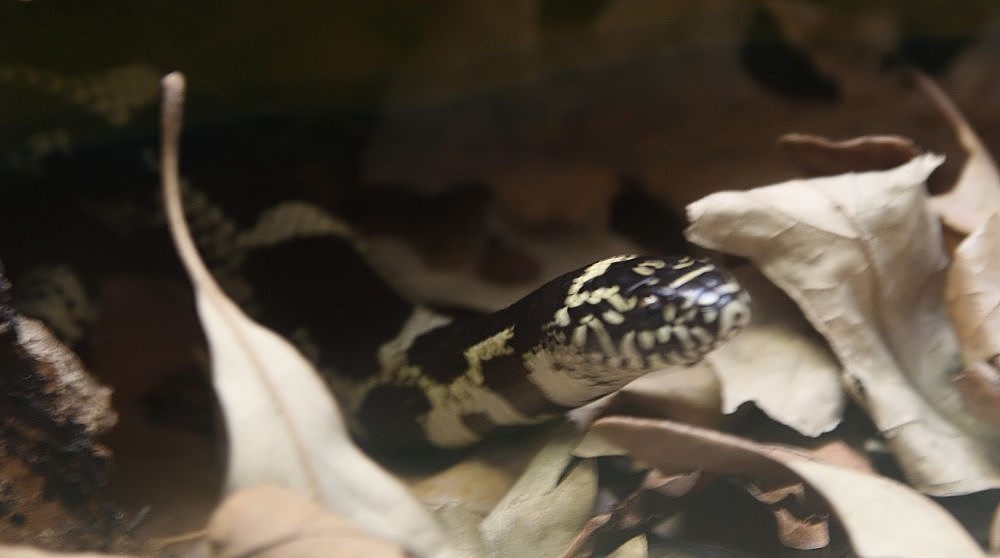While snakes are often characterized as solitary creatures slithering through the undergrowth alone, they actually exhibit a fascinating array of social behaviors that remain largely hidden from human observation. From sophisticated communal hunting strategies to surprising parental care, these reptiles demonstrate social complexity that challenges our understanding of their world. The secretive nature of snakes, combined with their often nocturnal habits and cryptic lifestyles, has kept many of these social interactions concealed from scientists until recent decades. As research technologies advance and field observation techniques improve, we’re discovering that snakes maintain rich social lives previously unknown to science. Let’s explore seven rarely observed snake social behaviors that reveal just how complex these misunderstood reptiles truly are.
Communal Denning: Winter Survival Through Social Clustering
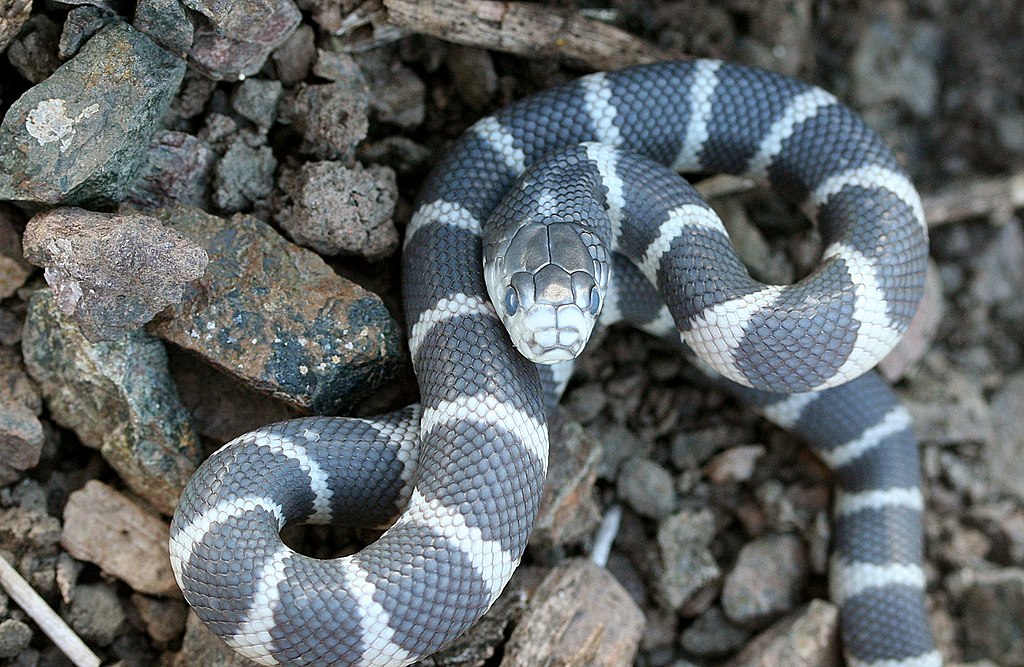
In colder climates, certain snake species display remarkable social cohesion through the practice of communal denning. Rather than facing winter’s harsh conditions alone, species like garter snakes and rattlesnakes gather by the hundreds or even thousands in shared hibernacula—underground dens where they tightly coil together to conserve warmth. The largest documented communal dens have contained over 8,000 red-sided garter snakes in Manitoba, Canada, creating massive, writhing balls of snake bodies. These gatherings aren’t random; research suggests snakes return to the same dens year after year, forming site fidelity and potentially recognizing familiar individuals. The thermal benefits of these aggregations extend beyond simple heat sharing, as the collective mass generates a more stable microclimate that protects all members from potentially lethal temperature fluctuations. Furthermore, these communal sites often serve as important mating grounds when spring arrives, creating complex social networks that blend survival strategy with reproductive opportunity.
Cooperative Hunting: Coordinated Predation Tactics

The Cuban boa (Chilabothrus angulifer) demonstrates one of the most sophisticated social hunting behaviors ever documented in snakes. When hunting bats in cave systems, these constrictors position themselves strategically at cave entrances, creating living traps that significantly increase capture success compared to solo hunting efforts. Researchers have observed multiple boas hanging from cave ceilings in formations that effectively funnel flying bats toward waiting predators. This coordinated hunting requires spatial awareness of other snakes’ positions and appears to involve deliberate positioning rather than random aggregation. Similarly, certain species of sea kraits have been documented hunting in mixed groups with non-snake predators like groupers, creating multi-species hunting parties that flush prey from coral crevices more effectively than either predator could manage alone. Such cooperative strategies challenge the long-held assumption that snakes are strictly solitary hunters and suggest levels of behavioral complexity previously unrecognized in serpents.
Maternal Guarding: Protective Parenting Beyond Egg-Laying

The myth that snakes simply lay eggs and abandon their offspring has been thoroughly debunked by observations of dedicated maternal care across multiple species. Perhaps most impressive is the behavior of king cobras (Ophiophagus hannah), which construct elaborate nests of vegetation and then guard these nests vigilantly for the entire 60-90 day incubation period. The female remains coiled atop or near the nest, actively defending it against potential predators by performing intimidation displays or directly attacking threats that approach too closely. Southern African pythons (Python natalensis) take maternal care even further, not only guarding their eggs but also remaining with hatchlings for up to two weeks after emergence, during which time the mother maintains selected temperatures by sun-basking and transferring heat to her offspring through body contact. Perhaps most surprising is the discovery that certain rattlesnake species, including timber rattlesnakes, form “nursery groups” where multiple mothers remain with their young, creating a communal defensive perimeter that significantly increases offspring survival rates compared to solitary maternal care.
Synchronized Shedding: Collective Vulnerability Management
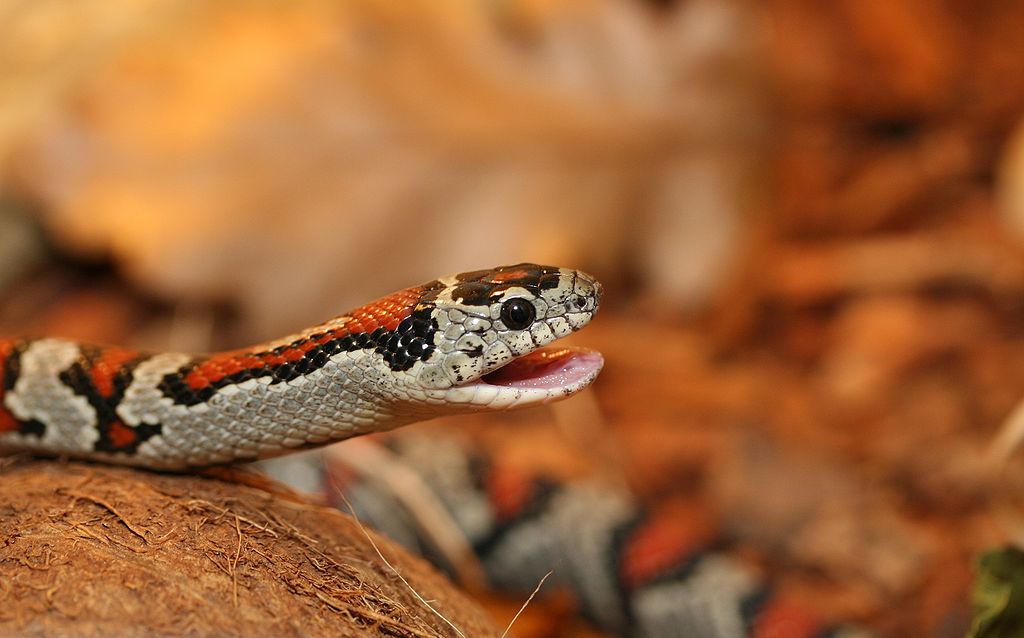
An intriguing social behavior that has received little scientific attention is the tendency for cohabiting snakes to synchronize their shedding cycles. When multiple snakes share hibernation dens or communal shelters, field herpetologists have documented cases where snakes appear to coordinate the timing of their molting process, entering the vulnerable pre-shed phase (called “blue phase” due to the cloudy appearance of their eyes) simultaneously. This synchronization likely serves as a risk-distribution strategy, as snakes are particularly vulnerable during shedding when their vision is compromised and mobility is restricted. By collectively entering this vulnerable state, the group potentially benefits from safety in numbers, with the overall vigilance of the group maintained despite individual impairment. This phenomenon has been most thoroughly documented in communally denning garter snake populations and certain viper species in temperate regions. Researchers have noted that this synchronization appears more pronounced in high-predation environments, suggesting an adaptive social strategy rather than coincidental timing.
Ritualized Combat: Complex Social Hierarchy Establishment
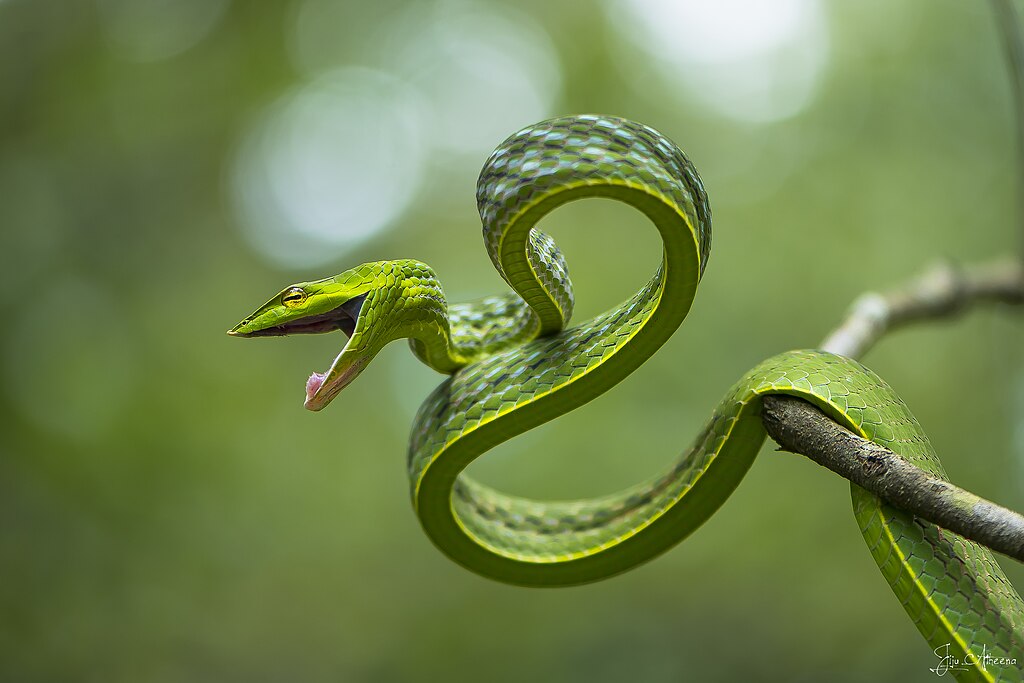
Male-to-male combat in snakes goes far beyond simple fighting, involving elaborate ritualized behaviors that minimize actual injury while establishing dominance hierarchies. King cobras engage in spectacular combat dances where males rear up to impressive heights, sometimes reaching six feet tall, and wrestle by intertwining their bodies in tests of strength without biting each other despite their deadly venom. Among pythons and boas, males engage in “topping contests” where they vertically push against each other until one snake forces his opponent’s head to the ground, establishing dominance without serious injury. These ritual combats feature specific rules and boundaries that participants appear to understand and follow, suggesting sophisticated social communication systems exist between conspecifics. What’s particularly fascinating is that dominant males often gain preferential access to females and optimal thermoregulation sites within shared habitats, creating lasting social hierarchies that persist beyond individual combat encounters. In some species, witnessing males appear to learn from observing these contests, suggesting complex social information transfer occurs within snake communities.
Collective Defense: Coordinated Anti-Predator Strategies

Certain snake species have evolved remarkable group defense tactics that showcase advanced social coordination. The North American water snake (Nerodia sipedon) displays one such behavior when multiple individuals bask together on shorelines. When a predator approaches, the first snake to detect danger will perform a rapid escape movement that triggers a cascade of synchronized flight responses throughout the group, creating a confusing scatter pattern that makes individual targeting difficult for predators. Even more impressive are the defensive formations of certain venomous species like king cobras, where multiple individuals have been observed forming defensive perimeters around nesting sites. Within these formations, individual snakes appear to maintain specific positions, with larger individuals often positioned at cardinal points of the defensive ring. Field researchers studying Malaysian pit vipers have documented “sentinel behavior” where certain individuals within a group maintain raised head positions while others rest, effectively creating a rotation of vigilance duties that maximizes collective rest while maintaining group safety.
Social Learning: Knowledge Transfer Between Individuals
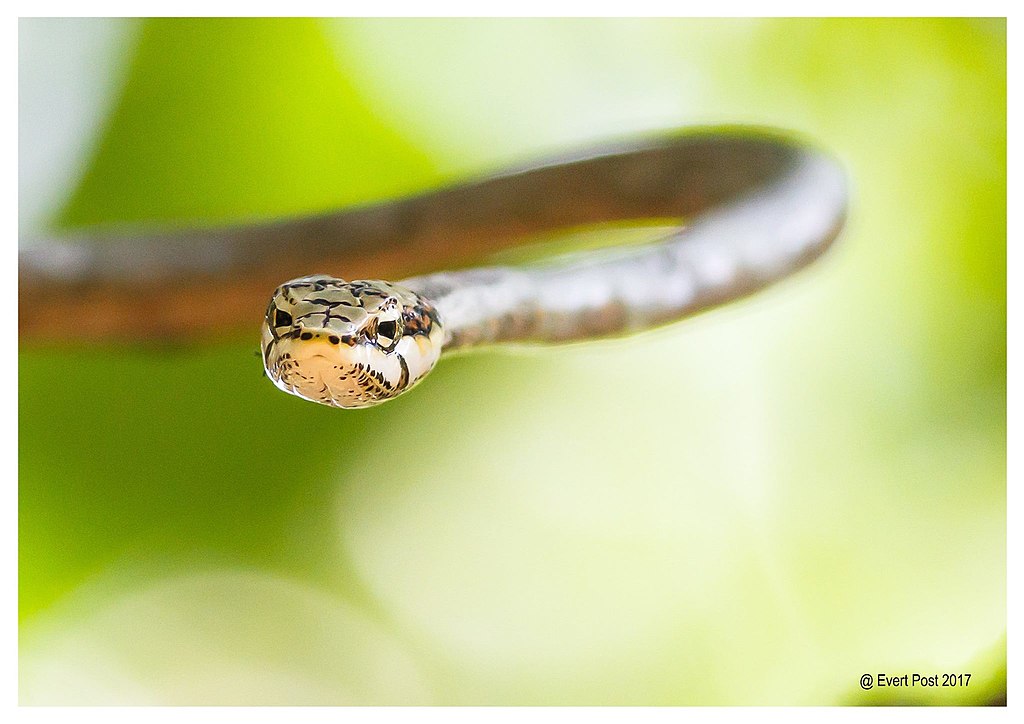
Contrary to the persistent myth that reptiles are incapable of learning from one another, emerging research shows that snakes demonstrate surprising capacities for social learning. Captive studies with corn snakes have demonstrated that naïve individuals learn maze navigation significantly faster when paired with experienced individuals than when learning alone, suggesting information transfer between snakes. In the wild, juvenile timber rattlesnakes have been observed following scent trails left by experienced adults, effectively learning complex migration routes between seasonal habitats through social transmission rather than instinct alone. Perhaps most impressive is documented cases of predatory specialization spreading through populations, such as when certain tiger snake populations rapidly developed techniques for hunting invasive cane toads without experiencing high mortality, suggesting successful hunting strategies were being socially transmitted between individuals. These findings challenge our understanding of reptilian cognition and suggest that snake communities may maintain collective knowledge bases that enhance group survival through generations.
Female Aggregation: Collective Reproductive Strategy
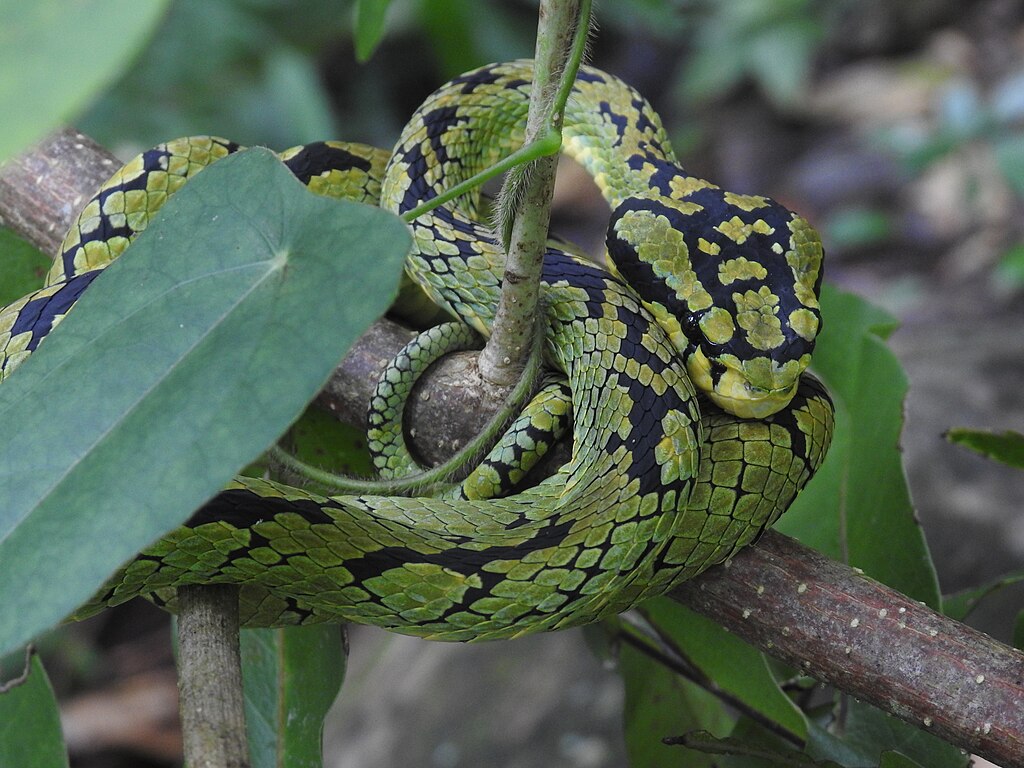
Female snakes of several species form fascinating aggregations during reproductive periods that go well beyond random clustering. Prairie rattlesnakes and certain garter snake species form “maternity colonies” where pregnant females gather at specific sites with optimal thermal properties for embryonic development. Within these aggregations, females engage in sophisticated thermoregulatory behavior, collectively maintaining body positions that maximize solar exposure during cool mornings and seeking shade together during peak heat. Research using thermal imaging reveals that these aggregations maintain more stable temperature profiles than solitary females could achieve, resulting in more consistent developmental conditions for offspring. These colonies aren’t merely coincidental gatherings at prime habitat; females actively seek out each other’s company, with evidence suggesting they may recognize specific individuals from previous seasons. Additionally, predation rates on individual females diminish significantly within these groups compared to solitary reproductive females, providing compelling evidence that these social aggregations confer survival advantages beyond thermoregulation.
Courtship Congregations: Complex Mating Systems
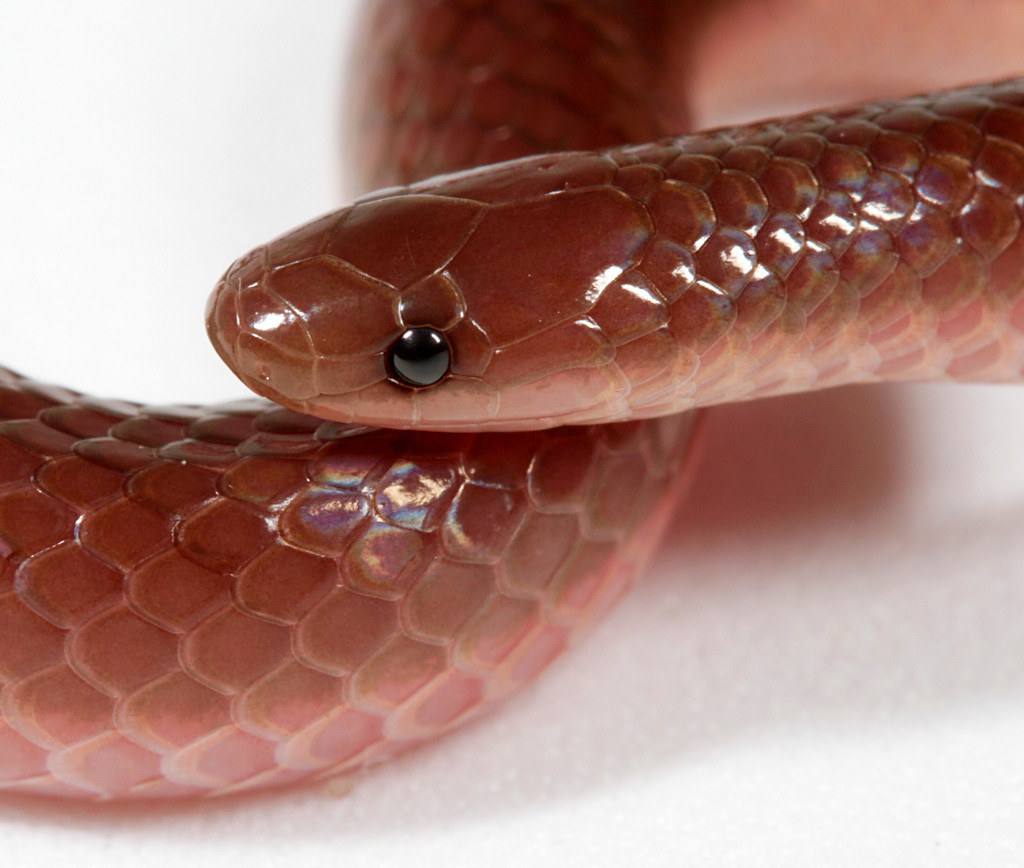
Snake mating systems reveal remarkable social dynamics, particularly during breeding seasons when certain species form complex courtship congregations. Red-sided garter snakes create perhaps the most spectacular example, with “mating balls” consisting of dozens of males simultaneously pursuing a single female in massive tangles of intertwined bodies. These aren’t chaotic free-for-alls but contain subtle social rules and communications—females release pheromone trails that males follow, while males perform specific tactile courtship movements along females’ bodies. Remarkably, these congregations feature male mimicry behaviors where certain males produce female-like pheromones, creating fascinating gender-deception strategies within the social milieu. Field studies using genetic paternity testing reveal that these complex social interactions result in multiple paternity within single clutches, creating genetic diversity advantages that may explain the evolution of these elaborate social breeding systems. Researchers have even documented that these mating congregations occur at traditional sites used generation after generation, suggesting cultural transmission of breeding location information across snake generations.
Group Thermoregulation: Collective Temperature Management
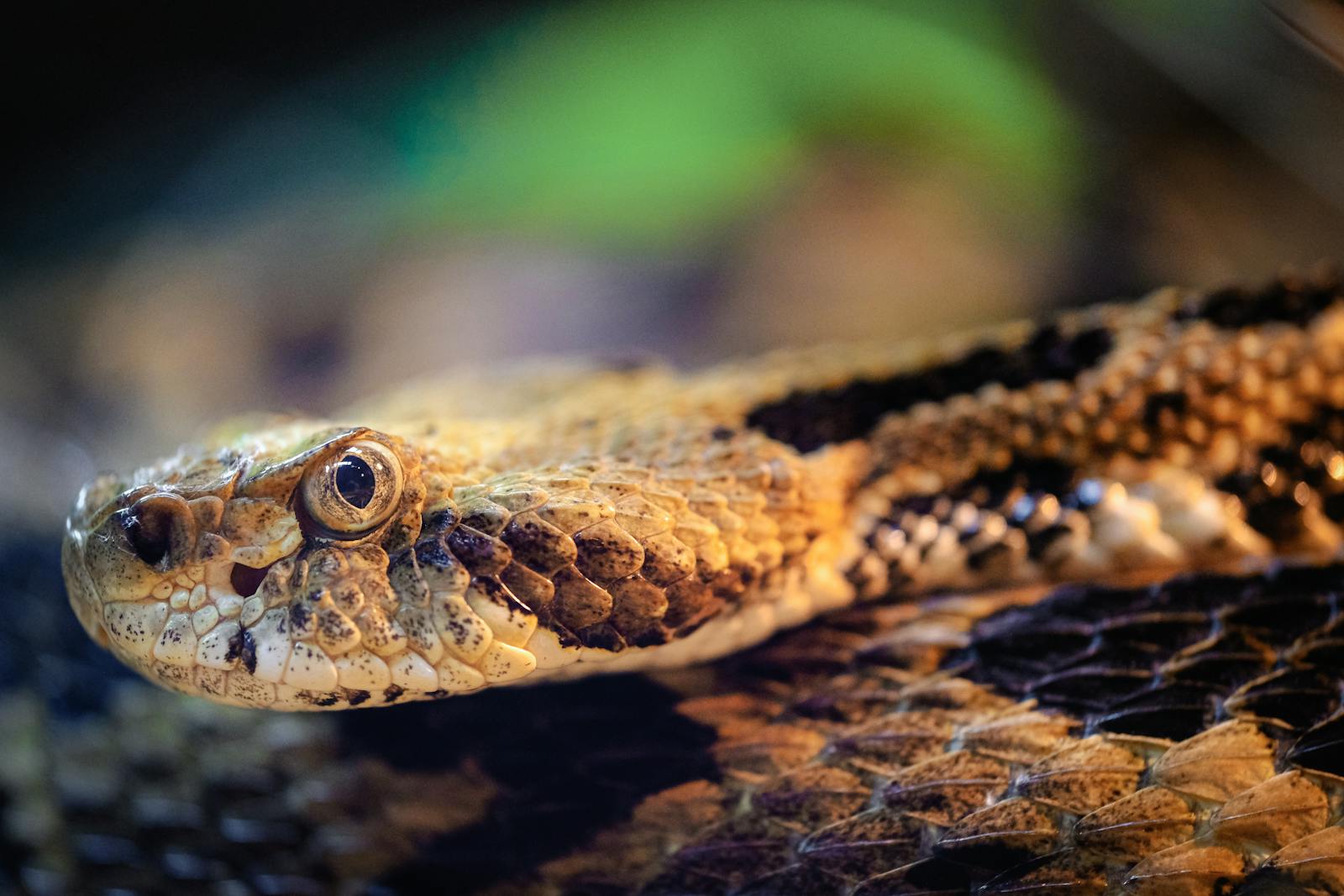
Snakes have evolved sophisticated social thermoregulation strategies that extend beyond simple basking aggregations. Timber rattlesnakes form precisely arranged basking groups where individuals position themselves in relation to others based on their thermal needs—recently fed snakes requiring higher temperatures for digestion often occupy central positions surrounded by individuals with lower metabolic demands. These formations aren’t static but shift throughout the day as solar angles change, with the group collectively adjusting positions to maintain optimal exposure. Infrared imaging studies reveal that these social formations create thermal advantages impossible for solitary individuals, reducing individual energy expenditure required for thermoregulation by up to 23 percent compared to solitary snakes. Perhaps most fascinating is that pregnant females receive preferential positions within these formations, suggesting social recognition of reproductive status and collective investment in successful reproduction. This cooperation challenges traditional views of reptiles as solely self-interested organisms and reveals sophisticated social structures previously unrecognized in snake communities.
Conspecific Trailing: Social Navigation Networks

Snakes create invisible social networks through chemical communication systems that influence movement patterns across landscapes. Many species, particularly vipers, follow scent trails left by conspecifics, creating communal migration corridors that persist for generations. What makes this behavior truly social is that these aren’t random followings—research using experimental scent trail manipulations reveals that snakes discriminate between individual trails, preferentially following certain individuals over others. These chemical communications create effective information transfer about resource locations, with studies showing that newly released captive-bred timber rattlesnakes successfully locate hibernation dens by following resident snakes’ trails rather than through innate knowledge. The complexity increases with discoveries that these trailing behaviors aren’t uniform—subordinate males avoid dominant males’ trails during breeding season while both sexes follow female trails leading to optimal feeding grounds. This chemical communication system effectively creates a dynamic social map of resources and dangers across landscapes that benefits all members of the snake community.
Recognition of Kin: Family Relationships Beyond Birth
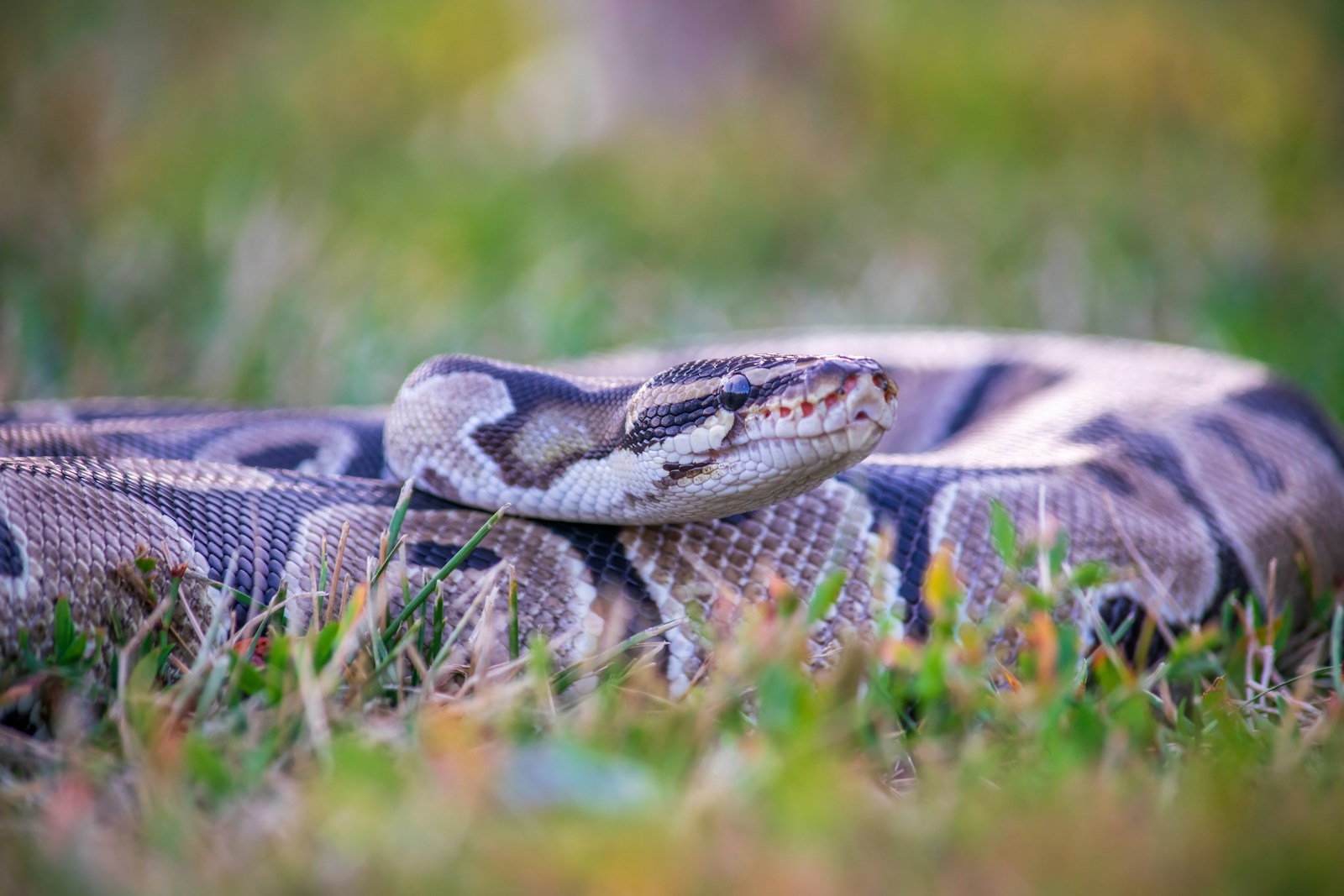
The discovery that many snake species can recognize and preferentially associate with relatives has revolutionized our understanding of reptilian social structures. Timber rattlesnakes demonstrate remarkable kin recognition abilities, with genetic studies confirming that related individuals preferentially share hibernation sites and basking locations compared to non-relatives, even after years of separation. Laboratory studies with garter snakes reveal that siblings preferentially aggregate together when given choice tests between related and unrelated conspecifics, even when controlling for all other variables. This kin recognition appears based primarily on chemical cues, with tongue-flicking behaviors allowing snakes to sample airborne molecular signatures that identify family members. The adaptive advantages of this recognition system include reduced aggressive encounters, increased cooperation in resource defense, and potential reductions in inbreeding through mate choice mechanisms. Perhaps most remarkably, field studies tracking multiple generations of rattlesnakes have documented what appears to be multi-generational family lineages maintaining specific territories, suggesting social structures far more complex than previously recognized in reptilian species.
These rarely observed social behaviors reveal a hidden complexity to snake societies that challenges our traditional understanding of these animals as solitary, asocial creatures. From coordinated hunting strategies to sophisticated kin recognition systems, snakes demonstrate social capacities that parallel those found in many mammal and bird species. As research techniques improve, particularly through advances in genetic testing, remote monitoring, and chemical ecology, we’re discovering that the secretive world of snakes contains rich social dimensions previously hidden from scientific observation. These findings not only enhance our understanding of snake biology but also provide valuable insights into the evolution of social behavior across vertebrate lineages. The next time you encounter a snake in the wild, remember that you’re observing not just an individual hunter, but potentially a member of a sophisticated social network operating through sensory modalities and behavioral codes that remain largely invisible to human perception.

